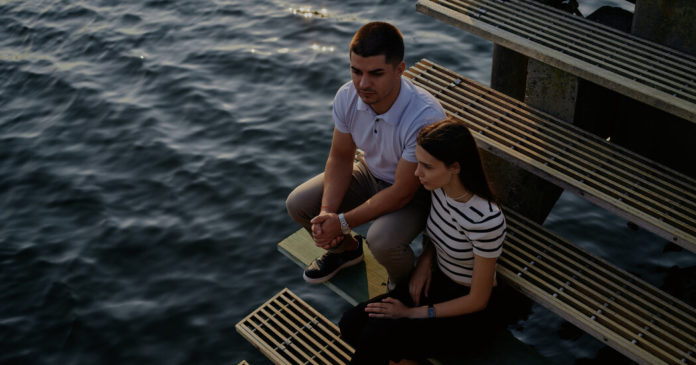Last year, Tyhran Khosrovian and Olena Holeha survived the siege of Mariupol. They fled Ukraine, as millions have since the war began, and became refugees in the United States. After arriving in Brooklyn, they slept on a leaky air mattress in an apartment they shared with Khosrovian’s family.
A grant from Catholic Charities of the Archdiocese of New York, a beneficiary of The New York Times Neediest Cases Fund, helped them buy furniture, including bed frames and mattresses for the entire household.
For more than a century, The Times has encouraged readers to donate to charities in New York and beyond through its charity fund, called the Neediest Cases. The endeavor combines journalism and the spirit of giving to tell the stories of families in need.
Recently, though, the “Neediest” name had begun to feel outdated. Times journalists complained. One aid organization avoided using the name, calling it “The New York Times Fund” instead.
So when my colleague Nicholas Kristof proposed recently that the fund’s journalism leave the newsroom and move to the Opinion pages, the new home offered an opportunity for a new name: The New York Times Communities Fund.
Nick, who for 15 years has written a “giving” column to connect readers with various charities, said his recommendations had initially raised questions from The Times, which worried whether highlighting specific charities was appropriate.
“Readers really welcomed it because they want to help but they don’t always really know how to,” Nick told me. “Journalism is evolving. Hopefully we’re getting better at what we do. The Communities Fund is one more step in that evolution.”
The program got its start in 1912, when The Times’s publisher, Adolph Ochs, sent a reporter to cover New York City’s “neediest cases” and connect readers with the stories of the poor. Soon it expanded to collect donations from readers and distribute the money to aid groups, including Catholic Charities, which has been a beneficiary of the fund for over a century.
Each year, journalists like my colleague John Otis, the fund’s onetime lead reporter, would interview people whom the fund had supported.
“I really wanted to help tell these kinds of stories, about everyday people struggling to stay afloat despite daunting, sometimes unimaginable circumstances,” John told me. “Subjects put themselves in very vulnerable positions. They poured their hearts out.”
Tomorrow is Giving Tuesday, and if you’re looking for somewhere to donate, the Communities Fund has begun its holiday drive. Nick’s giving column also has recommendations for specific charities.
If you’re able to give, thank you.
For more: Read Vox’s explanation of the history behind Giving Tuesday.
THE LATEST NEWS
Israel-Hamas War
-
Female rangers in Indonesia, charged with protecting forests, are taking a nonconfrontational approach to trespassers.
-
Russian women are protesting the Kremlin’s argument that mobilized troops are needed in combat in Ukraine indefinitely.
Other Big Stories
Opinions
Many young Chinese women are rejecting sexist propaganda about childbirth and marriage — a problem for the Communist Party, Leta Hong Fincher writes.
To fix our fraying social and political health, children need to be taught how to hear and be heard, John Bowe, a speech and presentation expert, argues.
College football: Texas A&M is expected to hire Duke’s Mike Elko as its next head coach.
ARTS AND IDEAS
A Hollywood gun debate: In the two years since the cinematographer Halyna Hutchins was fatally shot on the set of the movie “Rust,” filmmakers are split over whether movies and TV shows should use real guns, which are often loaded with dummy rounds or blanks. Some productions now rely on special effects to make prop guns more realistic, while others continue to use real firearms, arguing that the “Rust” tragedy was an anomaly.


